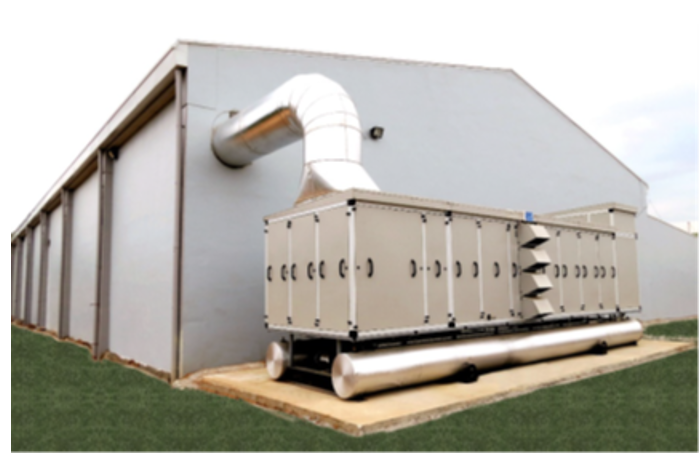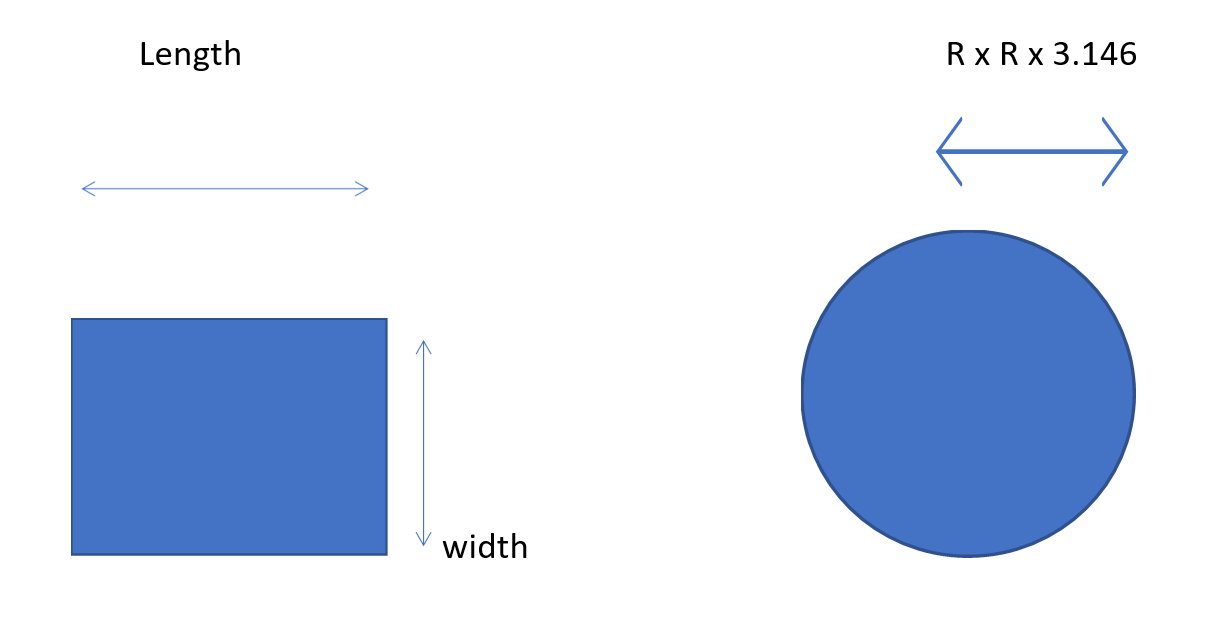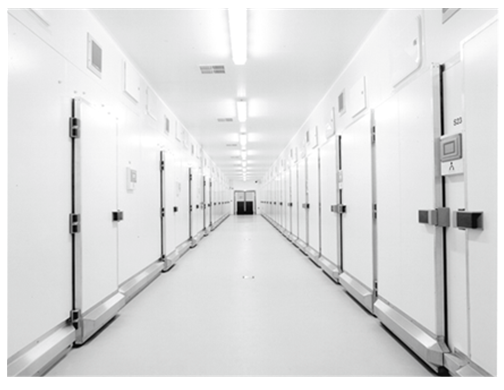



Ventilation for incubators

1. Background:
Most hatchery installations have been turnkey projects whereby the incubation and ventilation equipment have been completed together, either by the incubator manufacturer or a partner they use.
Many operations over the years have expanded, but do they know or more importantly do they have the ventilation capacity they require for their incubators and hatchers?
Knowing the criteria for air volumes in each room can help determine the air handling unit capacity and heating, cooling and humidification requirements to condition the air.
|
Basic Minimum Ventilation Requirements |
||
|
Area |
cfm/1000 eggs |
m³/Hr/1000 eggs |
|
Egg store |
1.0 |
1.69 |
|
Incubator corridor |
5.0 |
8.5 |
|
Incubator air intake (m/s) |
3.0 |
5.0 |
|
Incubator air intake (s/s) |
4.0 |
6.75 |
|
Hatcher corridor |
12.0 |
20.0 |
|
Hatcher air intake |
10.0 |
17.0 |
|
Chick holding |
30.0 |
50.0 |
|
To convert cfm to m³/Hr – multiply by 1.69 To convert m³/Hr – cfm – divide by 1.69 |
||
2. Example on how to calculate:
A hatchery has 20 incubators each with a capacity of 50,000 eggs. Setter capacity = 20 x 50,000 = 1,000,000 eggs.
Air supply required of 8.5m³/hr/1000 eggs = 1,000,000/1000 eggs = 1,000 x 8.5 = 8,500m³/hr.
The incubator room air handling unit (AHU) should be sized for this volume.
Air needed per incubator = 50,000 eggs/1000 x 6.75m³/hr (S/S machine) = 337.5m³/Hr.
To record m³/hr measure the surface area of the air supply duct x air supply volumes.
- For a square/rectangular duct, area = length x width / ft².
- For a round duct, area = πr² (r x r x 3.1416) /m²


Then measure air speed via anemometer and calculate.
If length = 30 cm and width = 15 cm, then 30 x 15 = 450 cm² / 10,000 (cm²) = 0.045 m² (square/rectangular duct)
If air volume is measured and recorded at 2.0 m/sec, convert this to m/hr by x 3,600 = 7,200 m/hr x 0.045
(area) = 342 m³/hr. Divide 342 by 50 = 6.84 m³/hr/1000 eggs.
Measurements should be taken with damper open to 100%
Using the same example for measuring a circular duct with a diameter of 30cms and air speed of 2.0m/sec, calculate as follows:
Area² = πr² (3.146 x r x r). R = 30/2 = 15 cms = 0.15 m².
Area² = 3.146 x 0.15 x 0.15 = 0.07 m².
Air volume = 2.0 m/sec x 0.07m² x 3600 (seconds in a hour) = 504 m³/hr
Divide 504 m³/hr by 50 (incubator capacity – 50,000 eggs) = 10 m³/hr/1000 eggs.
3. Pressures control:
There are generally 2 types of ventilation systems installed, ‘continuous flow’ ventilation and ‘variable speed pressure-controlled’ ventilation.
Continuous flow ventilation – Is where air is supplied into the rooms/machines at a constant rate. Any surplus air is removed via pressure relief grilles and extracted to atmosphere.
Variable speed pressure-controlled ventilation – Is where sensors are installed to measure and control the air pressure in a room and link to the air handling unit and/or exhaust fans. This enables them to modulate the air supply/extraction and maintain the desired air volumes/pressures in that room. So if the room door is open and the pressure drops, the sensor informs the sensor on the air handling unit to speed up and provide more air volume.
The diagrams below show examples of a continuous flow and variable speed pressure-control systems for hatchers.
| Room pressures: | Air pressure in relation to atmosphere (in H₂O) |
| Egg arrival and storage | Neutral to +0.01 |
| Incubator room | +0.015 to +0.02 |
| Hatcher room | +0.005 to +0.01 |
| Chick take-off | -0.15 to -0.25 |
| Chick holding area | Neutral to slightly +ve |
| Wash area | -0.10 to -0.15 |
| Clean equipment/box store | Positive to slightly -ve |
Pressure conversion :
(0.01 in H₂O = 2.5 Pa (Pascals), 0.01 mbar or 0.1016 mmH₂O)
4. Potential Problems:
The most common issues with hatchery ventilation systems are:
- Air handling unit with insufficient capacity.
- Incorrect/poorly managed pressure control to maintain air flow from clean to dirty areas.
- Extraction fans running constantly or at a higher speed than the air volume to the incubators/hatchers.
- Minimum air volumes not being achieved to individual machines.
- Ventilation in one area of the hatchery influencing the ventilation in another/other areas.
- No back draught shutters or wind protection hoods fitted to exterior extraction fans.
- Filters not cleaned/Vee belts loose on AHU.
- Lack of maintenance/calibration.
Resulting in –
Under-ventilating:
- High temperatures
- Low oxygen levels
- Early hatching
- Adverse hatchability levels/chick quality
- High 7-day mortality levels
Over-ventilating:
- Increased energy usage
- Temperature variances in machines
- Lower average temperatures
- Delayed hatching
- Adverse hatchability levels/chick quality
- High 7-day mortality levels










